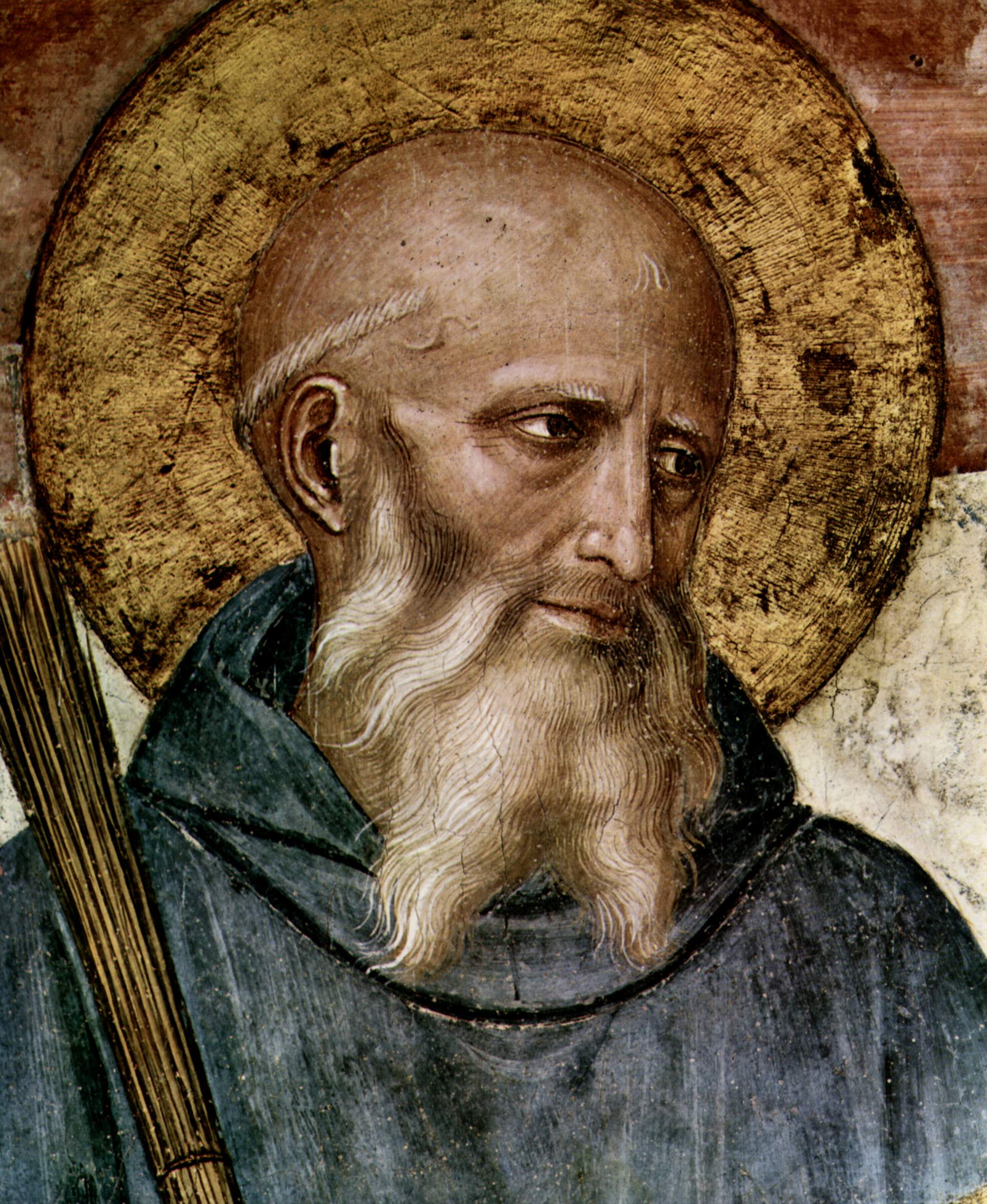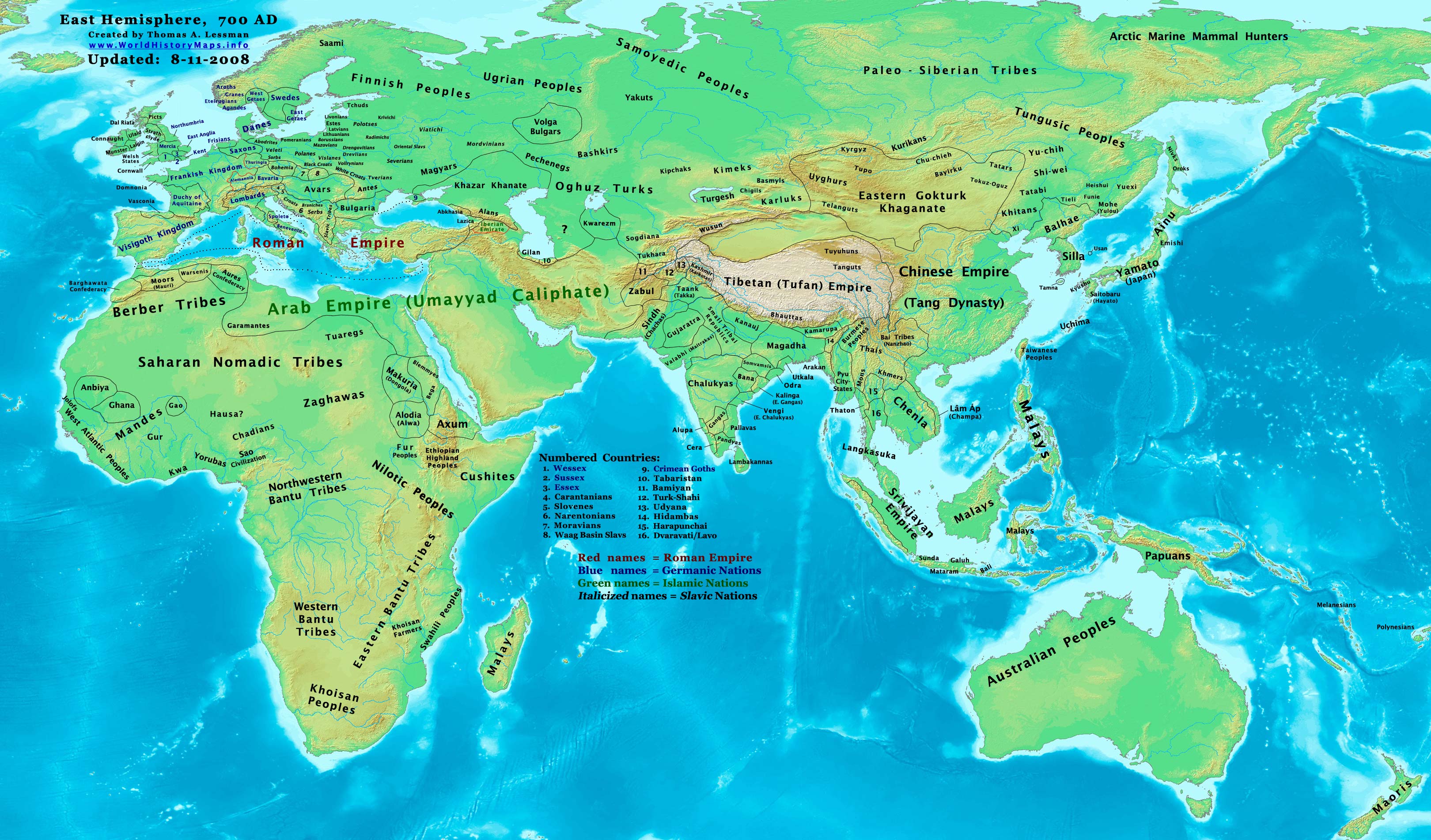|
Porcarius II
Porcarius II,A. C. Cooper-Marsdin, ''The History of the Islands of the Lerins: The Monastery, Saints and Theologians of S. Honorat'' (Cambridge University Press, 1913), p. 42. in French Porchaire II or Porcaire II (died c. 732), was a Benedictine abbot who governed the Abbey of Lérins at a time when the monastery included over 500 monks. According to tradition, around the year 732, Porcarius was warned by an angel in a vision that the abbey was about to be attacked by barbarians. Immediately, the abbot heeded the warning and sent off to safety by ship all the young students at the abbey and 36 of the younger monks. When the ship left fully loaded, he set about preparing the rest of the community for death and prayed with them for courage. The community was attacked by the Saracens, probably Moors from Spain or North Africa North Africa, or Northern Africa is a region encompassing the northern portion of the African continent. There is no singularly accepted scope for the r ... [...More Info...] [...Related Items...] OR: [Wikipedia] [Google] [Baidu] |
Diocese Of Fréjus
In church governance, a diocese or bishopric is the ecclesiastical district under the jurisdiction of a bishop. History In the later organization of the Roman Empire, the increasingly subdivided provinces were administratively associated in a larger unit, the diocese (Latin ''dioecesis'', from the Greek term διοίκησις, meaning "administration"). Christianity was given legal status in 313 with the Edict of Milan. Churches began to organize themselves into dioceses based on the civil dioceses, not on the larger regional imperial districts. These dioceses were often smaller than the provinces. Christianity was declared the Empire's official religion by Theodosius I in 380. Constantine I in 318 gave litigants the right to have court cases transferred from the civil courts to the bishops. This situation must have hardly survived Julian, 361–363. Episcopal courts are not heard of again in the East until 398 and in the West in 408. The quality of these courts was lo ... [...More Info...] [...Related Items...] OR: [Wikipedia] [Google] [Baidu] |
North Africa
North Africa, or Northern Africa is a region encompassing the northern portion of the African continent. There is no singularly accepted scope for the region, and it is sometimes defined as stretching from the Atlantic shores of Mauritania in the west, to Egypt's Suez Canal. Varying sources limit it to the countries of Algeria, Libya, Morocco, and Tunisia, a region that was known by the French during colonial times as "''Afrique du Nord''" and is known by Arabs as the Maghreb ("West", ''The western part of Arab World''). The United Nations definition includes Morocco, Algeria, Tunisia, Libya, Egypt, Sudan, and the Western Sahara, the territory disputed between Morocco and the Sahrawi Republic. The African Union definition includes the Western Sahara and Mauritania but not Sudan. When used in the term Middle East and North Africa ( MENA), it often refers only to the countries of the Maghreb. North Africa includes the Spanish cities of Ceuta and Melilla, and plazas de so ... [...More Info...] [...Related Items...] OR: [Wikipedia] [Google] [Baidu] |
Christian Saints Killed By Muslims
Christians () are people who follow or adhere to Christianity, a monotheistic Abrahamic religion based on the life and teachings of Jesus Christ. The words ''Christ'' and ''Christian'' derive from the Koine Greek title ''Christós'' (Χριστός), a translation of the Biblical Hebrew term '' mashiach'' (מָשִׁיחַ) (usually rendered as ''messiah'' in English). While there are diverse interpretations of Christianity which sometimes conflict, they are united in believing that Jesus has a unique significance. The term ''Christian'' used as an adjective is descriptive of anything associated with Christianity or Christian churches, or in a proverbial sense "all that is noble, and good, and Christ-like." It does not have a meaning of 'of Christ' or 'related or pertaining to Christ'. According to a 2011 Pew Research Center survey, there were 2.2 billion Christians around the world in 2010, up from about 600 million in 1910. Today, about 37% of all Christians live in the A ... [...More Info...] [...Related Items...] OR: [Wikipedia] [Google] [Baidu] |
Benedictine Saints
, image = Medalla San Benito.PNG , caption = Design on the obverse side of the Saint Benedict Medal , abbreviation = OSB , formation = , motto = (English: 'Pray and Work') , founder = Benedict of Nursia , founding_location = Subiaco Abbey , type = Catholic religious order , headquarters = Sant'Anselmo all'Aventino , num_members = 6,802 (3,419 priests) as of 2020 , leader_title = Abbot Primate , leader_name = Gregory Polan, OSB , main_organ = Benedictine Confederation , parent_organization = Catholic Church , website = The Benedictines, officially the Order of Saint Benedict ( la, Ordo Sancti Benedicti, abbreviated as OSB), are a monastic religious order of the Catholic Church following the Rule of Saint Benedict. They are also sometimes called the Black Monks, in reference to the colour of their religious habits. They were f ... [...More Info...] [...Related Items...] OR: [Wikipedia] [Google] [Baidu] |
Angelic Visionaries
Angelic may refer to: * Angel, a supernatural being * Angelic (band), a British trance band * Angelic acid, an organic compound * Angelic de Grimoard, brother of Pope Urban V * ''Angelic Encounters'', an album by the Dutch band Thanatos * Angelic language (other) * ''Angelic Layer'', a 1999 Japanese comics * Angelic Organics, a community-supported agriculture farm in Caledonia, Illinois, US * Angelic Pretty, a Japanese fashion company * Angelic Society, a secret society * Angelic tongues, a term related to a Jewish theme * Angelic Upstarts Angelic Upstarts are an English punk rock / Oi! band formed in South Shields in 1977. AllMusic calls them "one of the period's most politically charged and thought-provoking groups".Angelic Upstarts Biography Angelic may refer to: * Angel, a supernatural being * Angelic (band), a British trance band * Angelic acid, an organic compound * Angelic de Grimoard, brother of Pope Urban V * ''Angelic Encounters'', an album by the Dutch ba ... [...More Info...] [...Related Items...] OR: [Wikipedia] [Google] [Baidu] |
8th-century Frankish Saints
The 8th century is the period from 701 ( DCCI) through 800 ( DCCC) in accordance with the Julian Calendar. The coast of North Africa and the Iberian Peninsula quickly came under Islamic Arab domination. The westward expansion of the Umayyad Empire was famously halted at the siege of Constantinople by the Byzantine Empire and the Battle of Tours by the Franks. The tide of Arab conquest came to an end in the middle of the 8th century.Roberts, J., '' History of the World'', Penguin, 1994. In Europe, late in the century, the Vikings, seafaring peoples from Scandinavia, begin raiding the coasts of Europe and the Mediterranean, and go on to found several important kingdoms. In Asia, the Pala Empire is founded in Bengal. The Tang dynasty reaches its pinnacle under Chinese Emperor Xuanzong. The Nara period begins in Japan. Events * Estimated century in which the poem Beowulf is composed. * Classical Maya civilization begins to decline. * The Kombumerri burial grounds are fo ... [...More Info...] [...Related Items...] OR: [Wikipedia] [Google] [Baidu] |
730s Deaths
*
{{Numberdis ...
73 may refer to: * 73 (number) * one of the years 73 BC, AD 73, 1973, 2073 * ''73'' (magazine), a United States-based amateur radio magazine * 73 Best regards, a popular Morse code abbreviation * ''No. 73'', a British 1980s children's TV show *Nickname for the Boeing 737 airplane *73 Bristol–Cribbs Causeway, a bus route in England See also * List of highways numbered A ''list'' is any set of items in a row. List or lists may also refer to: People * List (surname) Organizations * List College, an undergraduate division of the Jewish Theological Seminary of America * SC Germania List, German rugby unio ... [...More Info...] [...Related Items...] OR: [Wikipedia] [Google] [Baidu] |
Feast Day
The calendar of saints is the traditional Christian method of organizing a liturgical year by associating each day with one or more saints and referring to the day as the feast day or feast of said saint. The word "feast" in this context does not mean "a large meal, typically a celebratory one", but instead "an annual religious celebration, a day dedicated to a particular saint". The system arose from the early Christian custom of commemorating each martyr annually on the date of their death, or birth into heaven, a date therefore referred to in Latin as the martyr's ''dies natalis'' ('day of birth'). In the Eastern Orthodox Church, a calendar of saints is called a '' Menologion''. "Menologion" may also mean a set of icons on which saints are depicted in the order of the dates of their feasts, often made in two panels. History As the number of recognized saints increased during Late Antiquity and the first half of the Middle Ages, eventually every day of the year h ... [...More Info...] [...Related Items...] OR: [Wikipedia] [Google] [Baidu] |
Moors
The term Moor, derived from the ancient Mauri, is an exonym first used by Christian Europeans to designate the Muslim inhabitants of the Maghreb, the Iberian Peninsula, Sicily and Malta during the Middle Ages. Moors are not a distinct or self-defined people. The 1911 ''Encyclopædia Britannica'' observed that the term had "no real ethnological value." Europeans of the Middle Ages and the early modern period variously applied the name to Arabs and North African Berbers, as well as Muslim Europeans. The term has also been used in Europe in a broader, somewhat derogatory sense to refer to Muslims in general,Menocal, María Rosa (2002). ''Ornament of the World: How Muslims, Jews and Christians Created a Culture of Tolerance in Medieval Spain''. Little, Brown, & Co. , p. 241 especially those of Arab or Berber descent, whether living in Spain or North Africa. During the colonial era, the Portuguese introduced the names " Ceylon Moors" and " Indian Moors" in South Asia and ... [...More Info...] [...Related Items...] OR: [Wikipedia] [Google] [Baidu] |
Lérins Abbey
Lérins Abbey () is a Cistercian monastery on the island of Saint-Honorat, one of the Lérins Islands, on the French Riviera, with an active monastic community. There has been a monastic community there since the 5th century. The construction of the current monastery buildings began around 1073. Today the monks cultivate vineyards and produce wine and liqueur. History First foundation The island, known to the Romans as ''Lerina'', was uninhabited until Saint Honoratus, a disciple of a local hermit named Caprasius of Lérins, founded a monastery on it at some time around the year 410. According to tradition, Honoratus made his home on the island intending to live as a hermit, but found himself joined by disciples who formed a monastic community around him. They came from all parts of Roman Gaul and from Brittany. [...More Info...] [...Related Items...] OR: [Wikipedia] [Google] [Baidu] |





